The Viral Network A Pathography of the H1N1 Influenza Pandemic (Original PDF from Publisher)
The Viral Network A Pathography of the H1N1 Influenza Pandemic (Original PDF from Publisher)
| Edition |
1st |
|---|---|
| Format |
Publisher PDF |
| ISBN-10 |
9780801452406 |
| ISBN-13 |
0801452406, 0801454891, 9780801454899 |
| Language |
English |
| Publisher |
Other Publisher |
$44.74 Original price was: $44.74.$22.00Current price is: $22.00.
- The files will be sent to you via E-mail
- Once you placed your order, we will make sure that you receive the files as soon as possible
5/5
Description
The Viral Network A Pathography of the H1N1 Influenza Pandemic (Original PDF from Publisher)
1.1.Description
“In her work, “The Viral Network A Pathography of the H1N1 Influenza Pandemic” Theresa MacPhail delves into our collective fascination and apprehension surrounding viruses, using the 2009 H1N1 pandemic as a focal point. Originating in Veracruz, Mexico, the novel H1N1 influenza virus, a combination of avian, swine, and human flu viruses, gripped global attention until its official end in August 2010, resulting in a staggering global death toll of 284,500.
MacPhail offers a unique perspective, peering into the inner workings of the U.S. Centers for Disease Control, Hong Kong’s virology labs, and the Centre for Health Protection during this pandemic. She scrutinizes the day-to-day activities of virologists and epidemiologists, exploring the intricacies of scientific knowledge production, expertise construction, disease narratives, and the diverse public health cultures across the United States, Europe, Hong Kong, and China.
The narrative spans from micro to macro, from local labs to global health institutions, weaving historical, scientific, and cultural narratives about the flu. MacPhail contends that global public health, much like the viruses it monitors, studies, and combats, exhibits a viral nature, emphasizing the inherent global interconnectedness in the context of pandemics.”

The Viral Network A Pathography of the H1N1 Influenza Pandemic (Original PDF from Publisher)
1.2.Key Features
“The Viral Network A Pathography of the H1N1 Influenza Pandemic” encompasses key features that distinguish it as a notable exploration of our societal response to viruses:
- In-Depth Examination: “The Viral Network A Pathography of the H1N1 Influenza Pandemic” offers a thorough examination of our collective fascination and fear of viruses, focusing specifically on the 2009 H1N1 pandemic. It provides a detailed account of the emergence, impact, and aftermath of the novel H1N1 influenza virus.
- Global Perspective: Theresa MacPhail takes readers on a global journey, spanning locations such as Veracruz, Mexico, Hong Kong, the U.S. Centers for Disease Control, and the Centre for Health Protection. This global perspective offers insights into the varied responses and practices in different regions.
- Insider’s View: Readers gain rare access to the inner workings of significant institutions, including the U.S. Centers for Disease Control, Hong Kong’s virology labs, and the Centre for Health Protection. This insider’s view provides a unique understanding of the day-to-day practices of virologists and epidemiologists.
- Micro to Macro Exploration: “The Viral Network A Pathography of the H1N1 Influenza Pandemic” seamlessly moves from micro to macro levels, exploring the intricacies of local labs and institutions to the broader context of global health organizations like the World Health Organization (WHO). This approach offers a comprehensive understanding of the pandemic’s dynamics.
- Interdisciplinary Analysis: MacPhail employs an interdisciplinary approach, delving into scientific, historical, and cultural narratives about the flu. This multifaceted analysis explores how biological and cultural elements intertwine during a pandemic.
- Pathography Concept: “The Viral Network A Pathography of the H1N1 Influenza Pandemic” introduces the concept of “pathography” to analyze the H1N1 influenza pandemic. This term refers to the narrative of illness, offering a unique perspective on how societies construct stories about diseases.
- Focus on Expertise Construction: MacPhail critically examines the construction of expertise in the field of virology and epidemiology. This includes questions about the production of scientific knowledge and the various cultures of public health in different regions.
- Temporal Exploration: The narrative extends beyond the immediate timeframe of the H1N1 pandemic, exploring historical aspects and connecting the pandemic past in 1918 to future considerations. This temporal exploration adds depth to the understanding of pandemics.
- Viral Nature Analogy: “The Viral Network A Pathography of the H1N1 Influenza Pandemic” introduces the analogy that the institution of global public health is as viral as the viruses it tracks and studies. This concept underscores the interconnected and dynamic nature of global public health.
- Rich Cultural Insights: Cultural aspects are woven into the narrative, providing rich insights into how cultural memes and biological genes become interwoven in the stories societies tell during a pandemic.
In summary, “The Viral Network A Pathography of the H1N1 Influenza Pandemic” stands out for its comprehensive, interdisciplinary, and global approach to understanding the complexities of the H1N1 influenza pandemic, offering readers a unique and insightful exploration of our response to viral threats.

The Viral Network A Pathography of the H1N1 Influenza Pandemic (Original PDF from Publisher)
1.3. About Writer
Theresa MacPhail is a distinguished scholar and author recognized for her contributions to the fields of medical anthropology and global health. Holding a Ph.D. in Sociomedical Sciences from Columbia University, she currently serves as an Associate Professor of Anthropology at Stevens Institute of Technology. MacPhail’s research focuses on the intersection of culture, health, and technology, with a particular emphasis on infectious diseases.
Her notable work includes the critically acclaimed book “The Viral Network A Pathography of the H1N1 Influenza Pandemic,” offering a unique perspective on societal responses to viral outbreaks. As an accomplished academic, MacPhail has contributed valuable insights to the understanding of global health dynamics and the intricate relationships between science, culture, and public health.

The Viral Network A Pathography of the H1N1 Influenza Pandemic (Original PDF from Publisher)
Summary
In “The Viral Network A Pathography of the H1N1 Influenza Pandemic” Theresa MacPhail provides a comprehensive exploration of society’s complex reactions to viruses, centering on the 2009 H1N1 pandemic. Delving into the emergence and aftermath of the novel H1N1 influenza virus, the book offers a global perspective by examining key locations, including Veracruz, Mexico, Hong Kong, and pivotal institutions like the U.S. Centers for Disease Control.
Through an interdisciplinary lens, MacPhail scrutinizes the day-to-day practices of virologists and epidemiologists, probing the construction of expertise, the production of scientific knowledge, and the diverse cultures of public health. Moving from micro to macro levels, the narrative connects historical, scientific, and cultural narratives about the flu, introducing the concept of “pathography” to analyze the pandemic’s narrative.
Ultimately, MacPhail posits that global public health, akin to the viruses it tracks, exhibits a viral nature, emphasizing the inherent interconnectedness during pandemics.
Reviews (0)
Be the first to review “The Viral Network A Pathography of the H1N1 Influenza Pandemic (Original PDF from Publisher)” Cancel reply
Related products
Microbiology with Diseases by Body System 4th Edition (Original PDF from Publisher)
Rated 0 out of 5
Clinical Parasitology A Practical Approach (Original PDF from Publisher)
Rated 0 out of 5
Schaechters Mechanisms of Microbial Disease 5th Edition (Original PDF from Publisher)
Rated 0 out of 5
Microbiology and Immunology (Board Review Series) 6th
Rated 0 out of 5
Human Parasitology Fourth Edition (Original PDF from Publisher)
Rated 0 out of 5


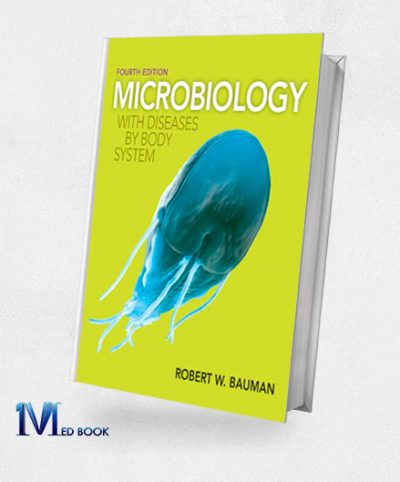
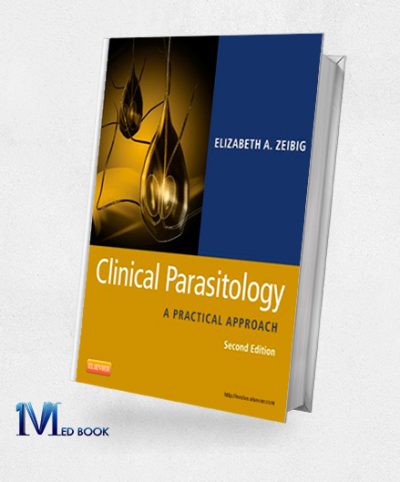
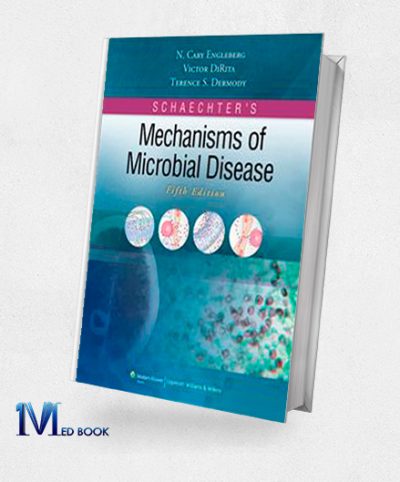
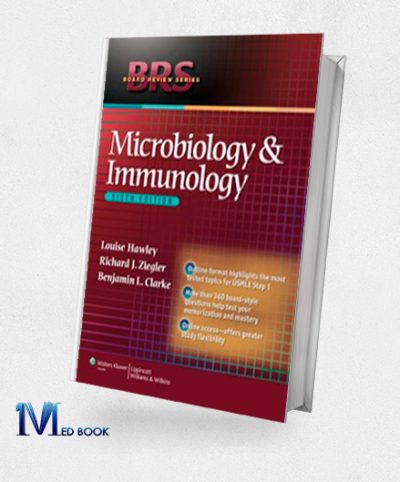
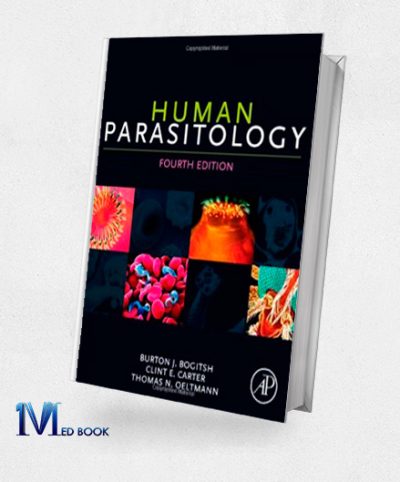

Reviews
There are no reviews yet.